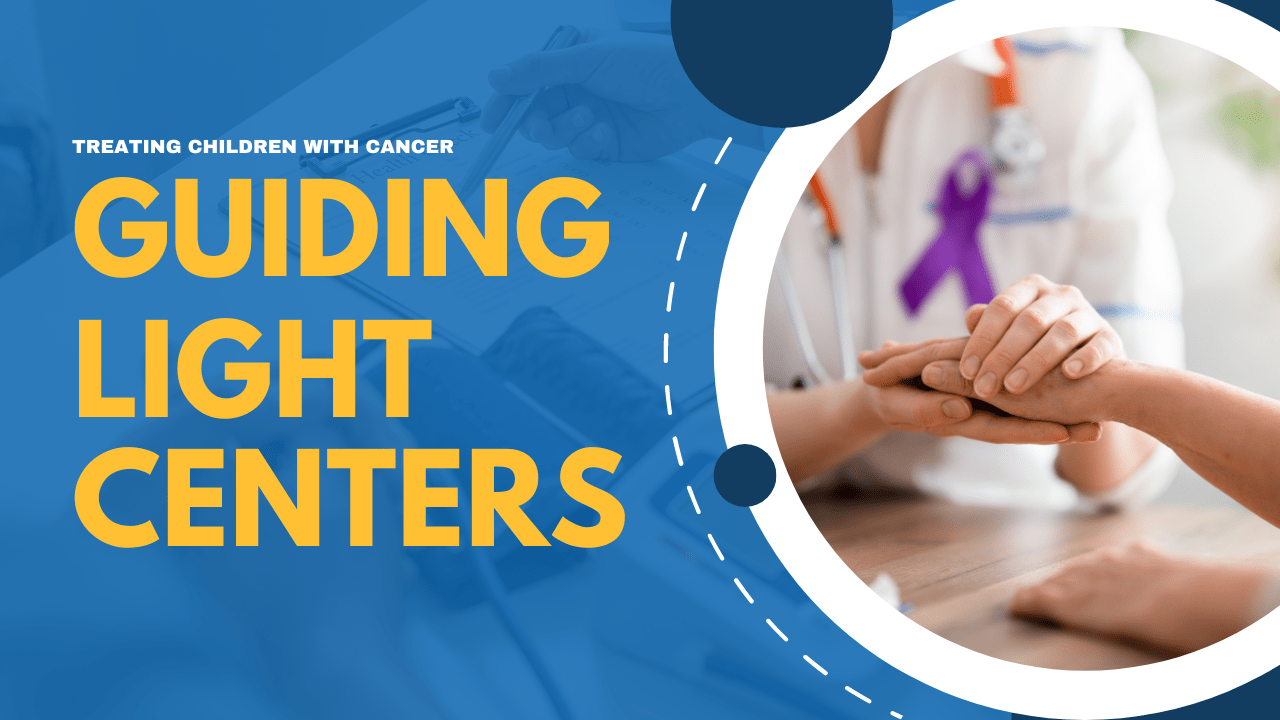Childhood cancer is a challenging and emotionally distressing experience for both the young patients and their families. Advances in medical science and specialized treatments have significantly improved the prognosis for children diagnosed with cancer.
This article explores the comprehensive approach to treating childhood cancer, highlighting the methods, challenges, and remarkable stories of hope in the journey towards healing.
Understanding Childhood Cancer: Childhood cancer refers to the development of cancerous cells in children, typically aged 0 to 18 years. Various types of cancer can affect children, including leukemia, brain tumors, neuroblastoma, Wilms tumor, lymphoma, and sarcoma. Understanding the specific type of cancer is crucial for tailoring an effective treatment plan.
Multidisciplinary Treatment Approach: Children’s cancer treatment involves a collaborative effort among medical professionals from different fields. A multidisciplinary team including pediatric oncologists, surgeons, radiation oncologists, nurses, psychologists, and social workers work together to provide comprehensive care.
Treatment Modalities:
Chemotherapy: In chemotherapy, strong drugs are used to kill cancer cells or slow their growth. It is a common treatment for childhood cancers and can be administered orally, through injections, or intravenously.
Surgery: Surgical procedures are performed to remove tumors or affected tissue. Minimally invasive techniques are often used to reduce trauma and aid in quicker recovery.
Radiation Therapy: Radiation therapy employs high-energy rays to target and shrink tumors. It’s used when surgery is not feasible or to prevent cancer recurrence.
Stem Cell Transplantation: Stem cell transplantation involves replacing damaged bone marrow with healthy stem cells to help the body produce healthy blood cells.
Targeted Therapies: These therapies specifically target the genetic mutations that drive cancer growth, minimizing damage to healthy cells.
Immunotherapy: Immunotherapy boosts the body’s immune system to recognize and fight cancer cells. It has shown promising results in treating certain childhood cancers.
Challenges and Emotional Support: Childhood cancer treatment comes with its share of challenges, including physical side effects, emotional stress, and disruption of normal childhood experiences. Families require emotional support, counseling, and resources to cope with the impact of the diagnosis and treatment.
Survivorship and Hope: Advances in treatment have led to increased survival rates among children diagnosed with cancer. Many survivors go on to lead fulfilling lives after treatment. Survivorship programs focus on monitoring long-term effects, promoting overall health, and providing resources for a healthy future.
Research and Future Directions: Ongoing research aims to improve treatment outcomes while minimizing side effects. Clinical trials provide opportunities to test new therapies and treatments.
Conclusion: The journey through childhood cancer treatment is a challenging one, but it is characterized by resilience, hope, and the unwavering determination of children, families, and medical professionals. Advances in medical science, compassionate care, and a supportive community contribute to the remarkable stories of children who triumph over adversity and go on to lead healthy, fulfilling lives.
Where Children with Cancer Are Treated
Children with cancer are typically treated at specialized medical centers and hospitals that have dedicated pediatric oncology departments. These facilities are equipped with the expertise, resources, and infrastructure needed to provide comprehensive care for children and adolescents with cancer.
Here are the main types of healthcare settings where children with cancer receive treatment:
Pediatric Oncology Centers: These are specialized medical centers that focus exclusively on the treatment of childhood cancer. They have multidisciplinary teams of pediatric oncologists, surgeons, radiation oncologists, nurses, and other healthcare professionals who are experienced in treating children and adolescents with various types of cancer.
Children’s Hospitals: Children’s hospitals are healthcare institutions specifically designed to provide care for children and adolescents. They often have specialized departments, including pediatric oncology units, where young patients with cancer can receive treatment in a child-friendly environment.
Teaching Hospitals: Many teaching hospitals affiliated with medical schools have pediatric oncology departments. These hospitals often engage in cutting-edge research and clinical trials to advance the field of pediatric oncology.
Comprehensive Cancer Centers: Some comprehensive cancer centers are part of larger medical institutions and offer specialized pediatric oncology services. These centers provide access to a wide range of treatments, clinical trials, and supportive care services.
Regional Hospitals: In regions where specialized pediatric oncology centers may not be available, regional hospitals with pediatric departments may provide initial treatment and stabilization before transferring the child to a larger center for specialized care.
Outpatient Clinics: Children receiving certain cancer treatments, such as chemotherapy or regular check-ups, may visit outpatient clinics within hospitals or specialized centers. This allows them to receive treatment while still being able to go home afterward.
Home Care: In some cases, children with cancer who are stable and not undergoing intensive treatments may receive part of their care at home. Home healthcare professionals can administer treatments, monitor the child’s condition, and provide support to the family.
Hospice and Palliative Care Facilities: For children with advanced or terminal cancer, hospice and palliative care facilities provide specialized end-of-life care that focuses on pain management, comfort, and emotional support for both the child and their family.
It’s important for families to work closely with their healthcare providers to determine the best treatment facility for their child’s specific needs. Pediatric oncology centers and specialized hospitals offer a comprehensive and child-centered approach to cancer treatment, providing not only medical care but also emotional and psychosocial support to help children and their families navigate the challenges of childhood cancer.
ADDITIONAL INFORMATION
- Childhood Cancers
- Improving outcomes of childhood cancer.
- Types Of Treatment During Childhood Cancer
- Treatment Side Effects In Childhood Cancer
- Children with Cancer: A Guide for Parents.











